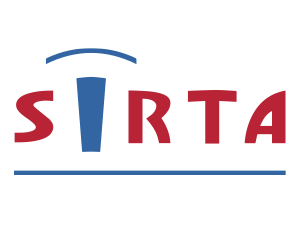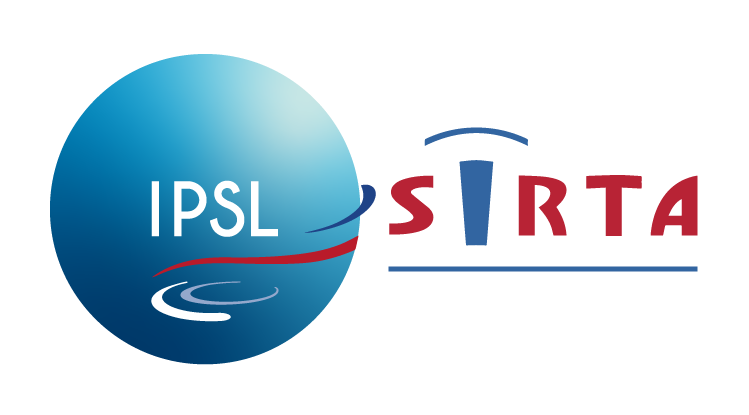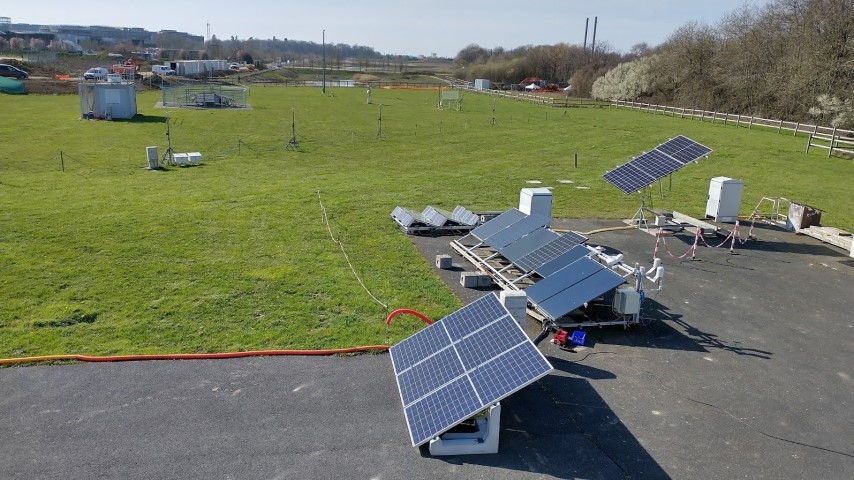Renewable energies
The Renewable energies SIRTA’s working group deals with multiple topics related to modelling, characterization, forecasting, experimentation and energy management on renewable energies, in particular solar photovoltaics, wind energy and microgrids. The group is coordinated in collaboration with the Energy4Climate (E4C) Interdisciplinary Center of IP Paris and Ecole des Ponts and has contributions from engineers, professors and researchers from different institutions, including industrial partners. Main technical objectifs are maintaining and developing experimental platforms that are open for innovation, research, teaching and outreaching purposes.
Laboratories involved: LMD , GeePs, LISN, LPICM , IPVF , SAMOVAR , i3-CRG , CEREA, Météo-France
Activities and projects
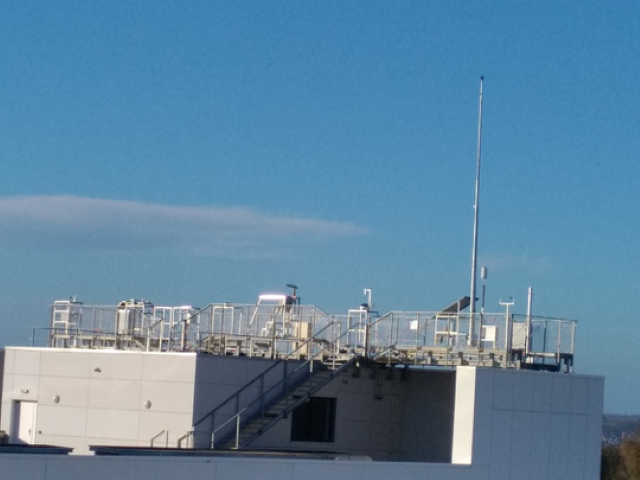
1. Solar and wind resource measurement and estimation
Contact: Johan Parra, Jordi Badosa, Jean-Charles Dupont
Broadband radiation measurements (in short-wave SW and long-wave bands LW) started at SIRTA in 2003 with an installation of a BSRN (Baseline Surface Radiation Network) station (site name: PAL), with the aim of contributing to the climate and satellite community with longterm high quality radiation measurements. On SW (solar radiation) the three irradiance components are measured (global horizontal GHI, direct normal DNI and diffuse horizontal DHI). Other radiation measurements are available at SIRTA with relevance for solar energy studies:
- Aerosol optical depth and water vapor content with Sunphotometer (in the frame of the AERONET network, site name: Palaiseau)
- Solar spectrum on a horizontal plane from 350 to 1050 nm.
- Photosynthetically active radiation (PAR)
- Global tilted irradiance (GTI) also known as Plane of Array (POA) irradiance.
In addition to high quality radiative measurements, the development and evaluation of methods for the estimation of solar resource on horizontal and tilted planes are other objectives of this activity. Data input can be in situ measurements, nearby stations measurements, geostationary satellite observation or numerical weather predictions.
Wind measurements exist in different kinds at SIRTA: Sodar, UHF radar, wind lidar, sonic anemometer and cup anemometers are installed in the main SIRTA’s zone. This allows vertical wind profile measurements for up to a few km up in the atmosphere and with a spatial resolution that depends on the device. Sonic anemometer measurements exist at different altitudes.
2. Outdoor PV modules characterization and modelling
Contact: Anne Migan-Dubois, Jordi Badosa, Vincent Bourdin
Photovoltaic production is strongly dependent on the conditions to which the panels are exposed in terms of lighting, temperature, dirt, shading, humidity (rain, snow, dew, frost) and environment. In this context, test benches for photovoltaic panels in real conditions were installed on the SIRTA main platform. The provision of measurements allows the development of mathematical models of the operation of photovoltaic panels. The test benches are both used for research and training purposes. Three configurations exist: fix tilt PV modules, PV+reflectors and PV modules on sun tracker.
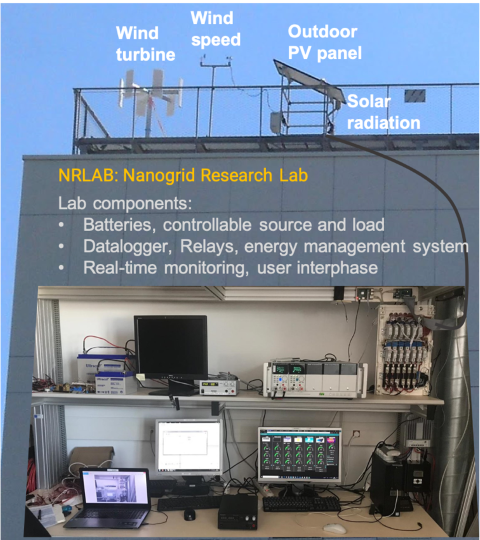
3. Microgrid energy management
Contact: Fausto Calderon, Jordi Badosa
The development of smart grids is expected to come from the aggregation of basic low voltage power supply networks, known as microgrids, which associate local energy production with storage capacities and energy consumers. Microgrids restricted to a single building are often called “nanogrids” and are also getting attention as the building block of a microgrid. Such nanogrids are vulnerable to both sudden changes of power generation and load demand because of their small size, especially when operating in an island mode. Thus, managing uncertainty becomes essential when searching for an optimal nanogrid operation. In this context, a laboratory-scale nanogrid (hereafter referred to NRLab for Nanogrid research lab) is being developed at SIRTA to serve as experimental test bench for research and pedagogical purposes in the frame of the Energy4Climate (E4C) Interdisciplinary Centre.
The NRLAB consists of a photovoltaic panel, a wind turbine, a secondary energy source and two types of batteries. The power consumption of the system is fixed with a programmable charge that reads and imposes in real time the power consumption of the Drahi-X Novation Center building on a scale of 1:100
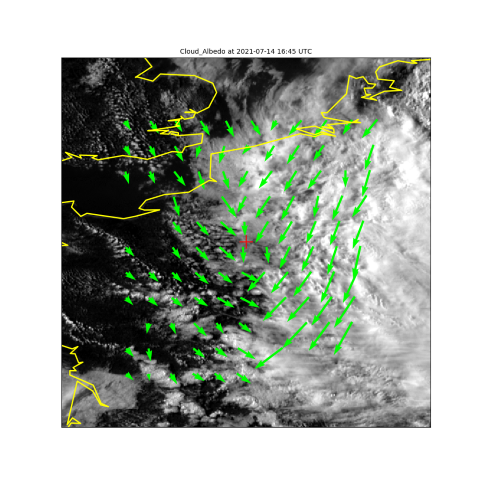
4. Rewable energy forecasting
Contact: Sylvain Cros, Riwal Plougonven, Jordi Badosa
In 2003, SIRTA joint the Baseline Surface Radiation Network (BSRN) with a roof-top radiative station (station PAL, for Palaiseau), equipped to measure shortwave (Global, direct and diffuse) and longwave downwelling irradiance. All radiometers are class A following the standards of the ISO 9060:2018. The radiometers are manned and strict quality control is applied to measurements before submission to BSRN.
Associated to these measurements, estimations of sky cover and clear-sky irradiance are applied following the Radiative Flux Analyses methodology developed by the Chuck Long’s team (Long and Ackerman (2000), Long and Gaustad (2004), Long et al., (2006)).
